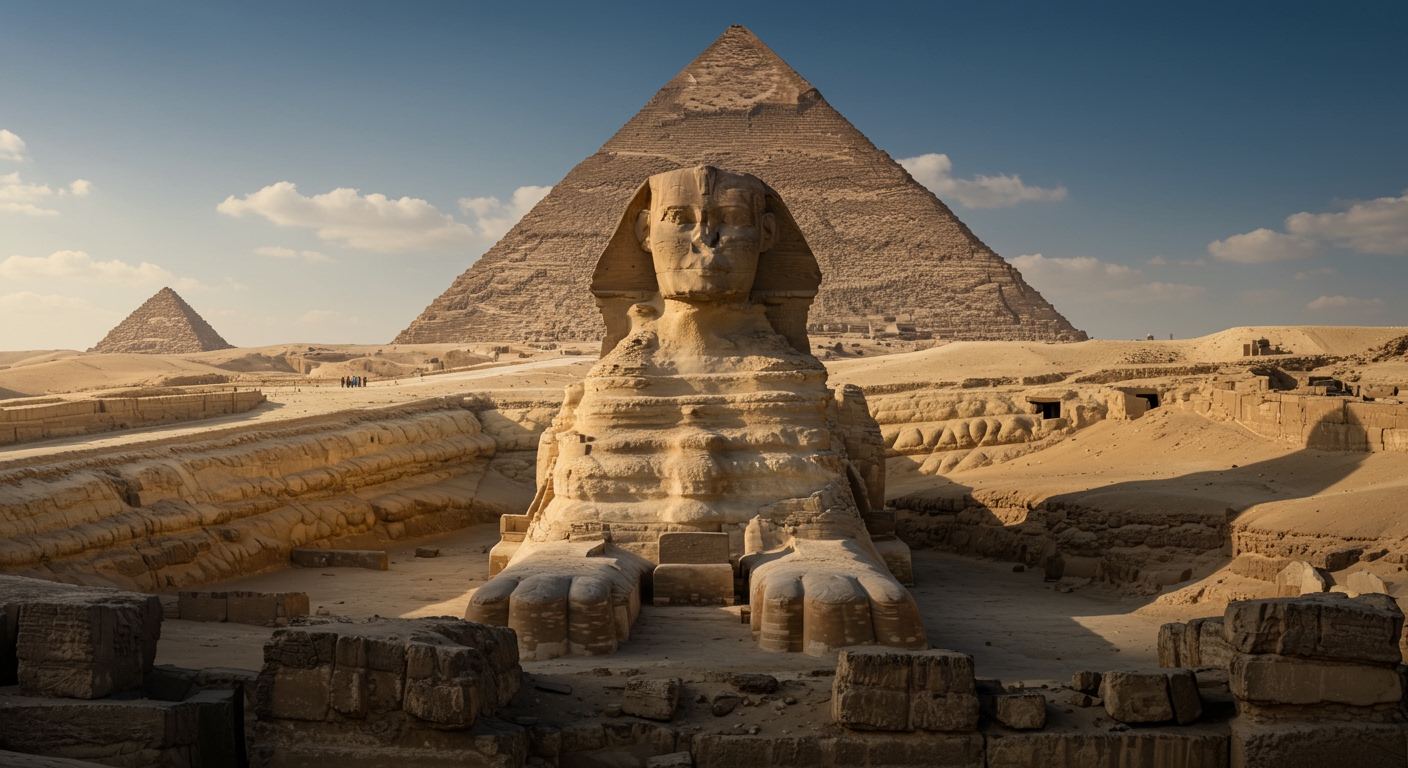As autumn leaves begin to fall and a crisp chill fills the air, a sense of anticipation builds. October 31st arrives, bringing with it a vibrant celebration of costumes, candy, and spooky decorations that has captivated generations. But have you ever wondered about the origins of these beloved customs? While today’s Halloween is synonymous with fun and frights, its roots run deep into ancient history, weaving together threads of Celtic pagan rituals, Roman festivals, and early Christian observances. This article will take you on a journey through time, exploring the fascinating history and evolving significance of Halloween traditions and meaning, revealing how ancient fears and celebrations have blended with modern revelry to create the captivating holiday we know today.

The Ancient Roots: Samhain and the Veil Between Worlds
To truly understand Halloween’s origins, we must first look to the ancient Celts, a people who lived over 2,000 years ago in the area that is now Ireland, the United Kingdom, and northern France. Their most significant festival, Samhain (pronounced “Sow-in”), marked a pivotal moment in their calendar. Celebrated on November 1st, Samhain signified the end of summer and the harvest season, and the beginning of the dark, cold winter – a time often associated with death [4].
The Celts believed that on the night before Samhain, October 31st, the boundary between the worlds of the living and the dead became blurred, allowing spirits of the deceased to return to earth [4]. They thought these spirits, both benevolent and malevolent, could visit their former homes, potentially causing trouble or helping their descendants. To navigate this liminal time, massive bonfires were lit in Celtic villages, serving a dual purpose: to ward off evil spirits and to guide the souls of the dead to the afterlife [4]. People would gather, burning crops and animals as sacrifices to Celtic deities, and sometimes even setting their hearth fires ablaze to symbolically cleanse and prepare for the new year [5].
As the Roman Empire expanded, it conquered much of Celtic territory by 43 A.D. Over the next four centuries, two Roman festivals merged with the Celtic celebration of Samhain [4]. One was Feralia, a day in late October when Romans commemorated their dead [3]. The other honored Pomona, the Roman goddess of fruits and trees. It’s believed that the traditions associated with Pomona – particularly apples – influenced customs like bobbing for apples, a popular Halloween activity still enjoyed today [4].
Christianization and the Birth of “Halloween”
By the 7th century, as Christianity spread, the Church began to influence existing pagan festivals. In an effort to Christianize or replace these earlier traditions, Pope Boniface IV established All Saints’ Day (also known as All Hallows’ Day) to honor martyrs and saints [3]. While initially observed in May, Pope Gregory III later designated November 1st for All Saints’ Day in the 8th century, expanding it to include all saints and martyrs [4, 5].
This strategic move placed All Saints’ Day squarely alongside the existing Samhain observances. Subsequently, November 2nd became All Souls’ Day, a day dedicated to praying for the souls of the dead [4]. These Christian holidays retained some of the themes of remembrance and the spiritual world present in Samhain, creating a blend of beliefs. The evening before All Saints’ Day, October 31st, became known as All Hallows’ Eve, and over time, its name evolved linguistically into the familiar



